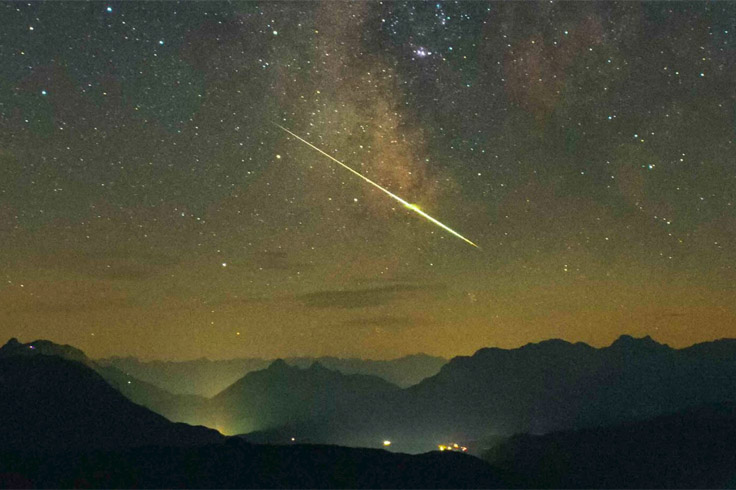What’s Coming in 2025: The Meteor Shower Phenomenon

The Importance of Meteor Showers
Meteor showers are some of the most beautiful and awe-inspiring celestial events, offering a glimpse into the vastness and dynamism of our universe. They occur when Earth passes through the debris left by comets, leading to the spectacle of shooting stars lighting up the night sky. The anticipated meteor shower of 2025 is expected to be particularly noteworthy, making it crucial for skywatchers and astronomy enthusiasts to prepare.
What to Expect in 2025
The year 2025 will see two major meteor showers that skywatchers will want to mark on their calendars: the Perseids and the Geminids. The Perseids, which peak around August 12-13, are known for their bright meteors and typically produce between 60 to 100 meteors per hour under optimal conditions. They originate from the comet Swift-Tuttle and are famous for their long, bright trails.
Later in the year, the Geminids will peak on December 13-14, bringing a different yet equally thrilling experience. This shower has increased in intensity over the years, with estimations of 120 meteors per hour at its peak. The Geminids originate from an asteroid rather than a comet, which gives them a unique set of characteristics, including a more consistent brightness and speed.
How to Watch
To make the most of these exciting astronomical events, the following tips will enhance your meteor shower experience:
- Find a Dark Location: Light pollution can significantly diminish visibility, so choose a location away from city lights.
- Check the Weather: Clear skies are essential for viewing meteor showers, so monitor the weather forecast in the lead-up to the event.
- Be Patient: Meteors can appear at any moment, so give yourself plenty of time to take in the night sky.
- Bring Comfort: Bring blankets and chairs to make your viewing comfortable, especially if you’re planning to watch for several hours.
Conclusion: The Significance of Meteor Showers
The meteor showers of 2025 present an excellent opportunity for both casual observers and trained astronomers to engage with the cosmos. They not only inspire curiosity about space but also offer valuable data for scientific research on our solar system’s history and the materials that make up comets and asteroids. As we gear up for these celestial displays, it’s vital to appreciate the beauty and wonder of the universe, and the meteor showers provide a perfect moment to do just that.









